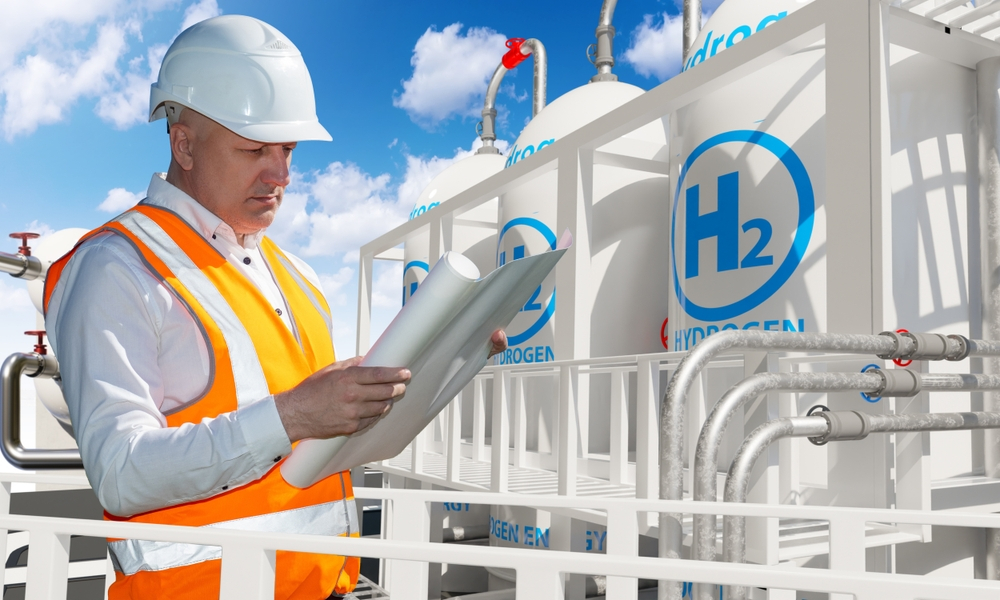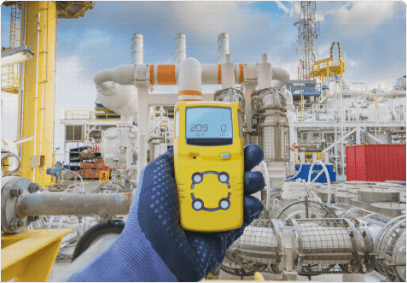Excitement About Roar Solutions
Excitement About Roar Solutions
Blog Article
8 Simple Techniques For Roar Solutions
Table of Contents8 Simple Techniques For Roar SolutionsA Biased View of Roar SolutionsThe 30-Second Trick For Roar Solutions
In such an atmosphere a fire or surge is possible when 3 fundamental conditions are met. This is typically described as the "dangerous area" or "burning" triangular. In order to safeguard installments from a potential surge a technique of evaluating and categorizing a potentially unsafe location is needed. The function of this is to make certain the appropriate option and installation of devices to eventually prevent a surge and to guarantee security of life.
(https://letterboxd.com/roarsolutions/)
No tools should be installed where the surface area temperature of the tools is higher than the ignition temperature level of the offered threat. Below are some common dust unsafe and their minimal ignition temperature level. Coal Dust 380C 225C Polythene 420C (thaws) Methyl Cellulose 420C 320C Starch 460C 435C Flour 490C 340C Sugar 490C 460C Grain Dust 510C 300C Phenolic Resin 530C > 450C Aluminium 590C > 450C PVC 700C > 450C Residue 810C 570C The likelihood of the danger being existing in a focus high adequate to create an ignition will certainly differ from place to place.
In order to classify this threat an installment is divided right into areas of risk depending upon the amount of time the dangerous is present. These locations are described as Zones. For gases and vapours and dusts and fibres there are three areas. Area 0 Area 20 A harmful ambience is highly likely to be existing and may exist for lengthy durations of time (> 1000 hours annually) or perhaps continually Area 1 Area 21 A dangerous ambience is possible however unlikely to be existing for long durations of time (> 10 450 C [842 F] A classification of T6 suggests the minimal ignition temperature is > 85 C [185 F] Hazardous area electrical tools possibly made for use in higher ambient temperatures. This would indicated on the score plate e.g. EExe II C T3 Ta + 60C( This means at 60C ambient T3 will certainly not be surpassed) T1 T1, T2, T3, T4, T5, T6 T2 T2, T3, T4, T5, T6 T3 T3, T4, T5, T6 T4 T4, T5, T6 T5 T5, T6 T6 T6 A T Class rating of T1 indicates the optimum surface temperature generated by the instrument at 40 C is 450 C. Presuming the connected T Course and Temperature level rating for the devices are suitable for the area, you can always utilize an instrument with a much more rigid Department score than required for the location. There isn't a clear answer to this inquiry however. It truly does depend upon the type of tools and what repairs need to be brought out. Devices with details test procedures that can not be executed in the area in order to achieve/maintain 3rd party rating. Should return to the manufacturing facility if it is prior to the devices's service. Area Repair Work By Authorised Personnel: Complicated testing may not be needed however particular treatments may need to be adhered to in order for the tools to preserve its third event rating. Authorised workers have to be used to do the job appropriately Repair service have to be a like for like substitute. New part have to be taken into consideration as a straight replacement requiring no unique screening of the tools after the repair work is complete. Each item of tools with a dangerous score must be reviewed separately. These are detailed at a high degree below, however for even more in-depth details, please refer directly to the guidelines.
3 Easy Facts About Roar Solutions Shown
The equipment register is a detailed database of devices records that includes a minimum collection of fields to identify each product's location, technological specifications, Ex lover classification, age, and ecological information. The proportion of In-depth to Close assessments will be identified by the Devices Risk, which is examined based on ignition risk (the possibility of a source of ignition versus the possibility of a flammable atmosphere )and the hazardous area classification
( Zone 0, 1, or 2). Carrying out my site a durable Risk-Based Assessment( RBI )approach is critical for making certain conformity and security in managing Electrical Tools in Hazardous Locations( EEHA).
An Unbiased View of Roar Solutions

In regards to explosive risk, an unsafe area is a setting in which an eruptive ambience exists (or might be expected to be existing) in amounts that call for unique safety measures for the building and construction, setup and use devices. hazardous area electrical course. In this article we discover the difficulties encountered in the workplace, the danger control measures, and the called for proficiencies to work safely
These substances can, in specific problems, form eruptive environments and these can have major and tragic repercussions. Many of us are familiar with the fire triangle remove any type of one of the three aspects and the fire can not happen, yet what does this mean in the context of unsafe areas?
In many instances, we can do little concerning the degrees of oxygen airborne, yet we can have substantial influence on resources of ignition, for example electric tools. Harmful areas are documented on the unsafe location category illustration and are determined on-site by the triangular "EX" sign. Here, amongst other crucial information, zones are split into three types relying on the risk, the possibility and period that an eruptive atmosphere will exist; Zone 0 or 20 is considered the most harmful and Zone 2 or 22 is regarded the least.
Report this page